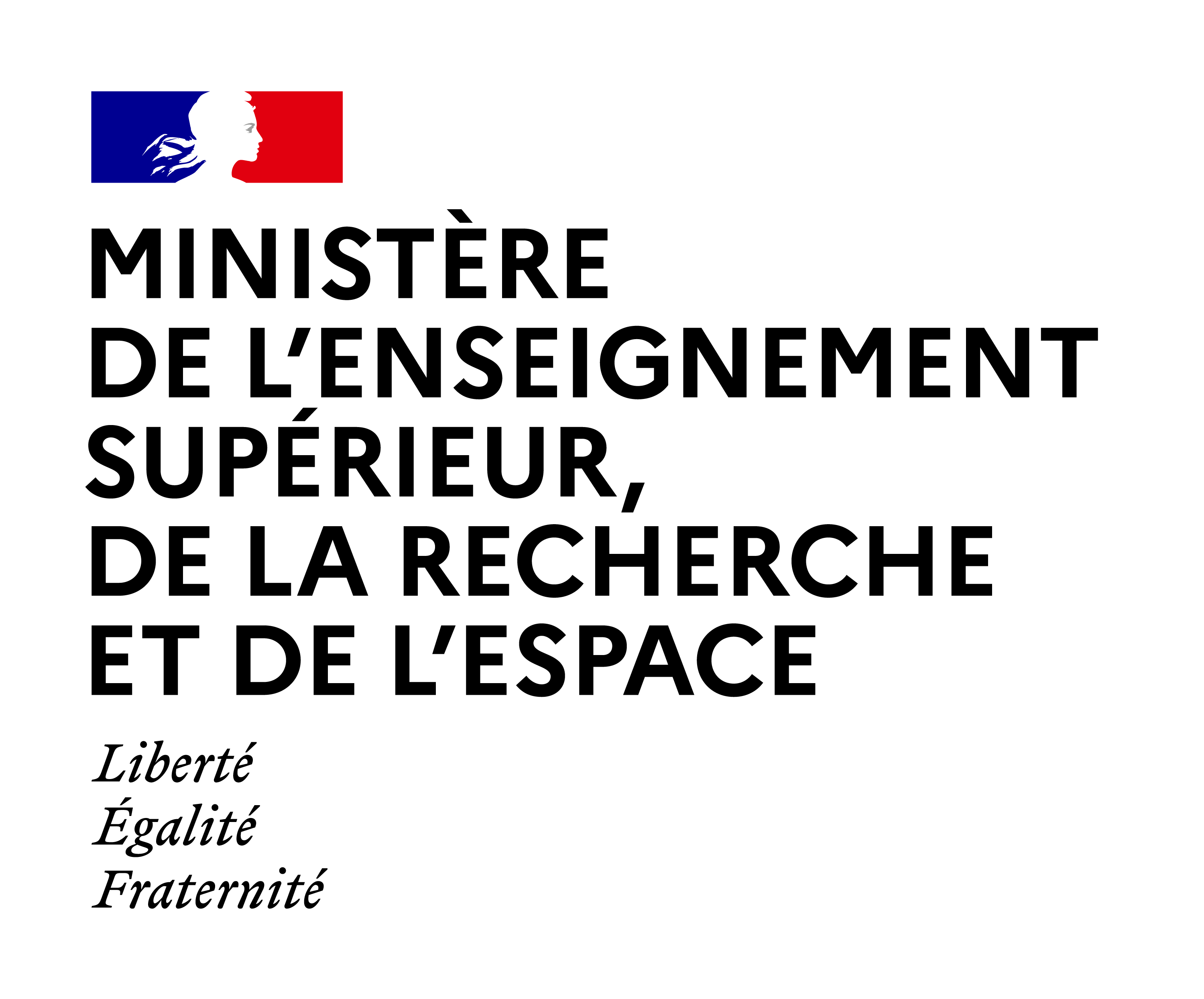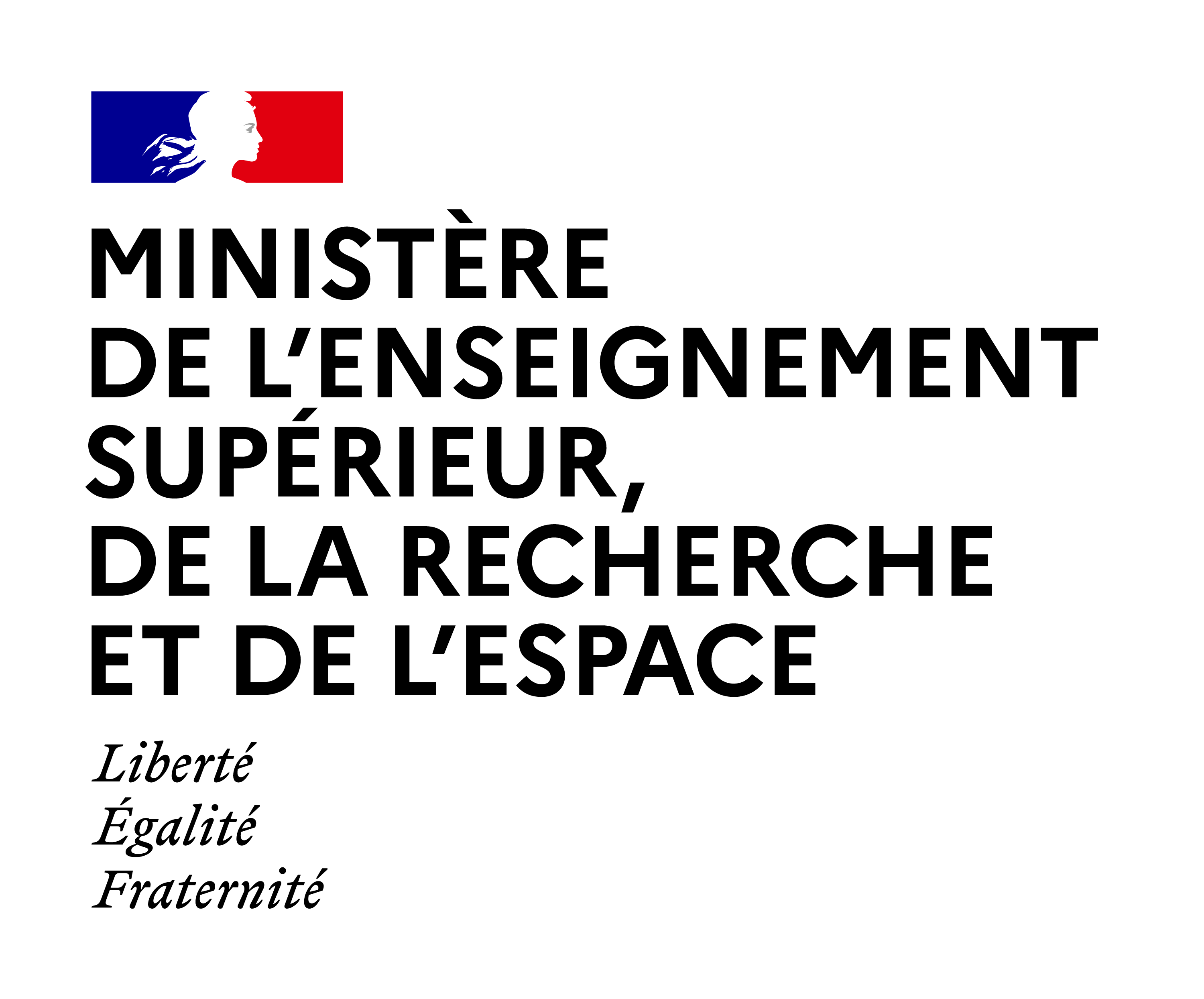
Sommaire
?British Capricci: from the Picturesque to the Sublime? / Hélène Ibata
Date de création :
03.12.2015Auteur(s) :
Hélène IBATAPrésentation
Informations pratiques
Droits réservés à l'éditeur et aux auteurs. Tous droits réservés aux auteurs et à l'Université Toulouse Jean Jaurès.
Description de la ressource
Résumé
British Capricci: from the Picturesque to the Sublime / Hélène Ibata, in colloque international organisé, sous la responsabilité scientifique de Muriel Adrien, Melissa Percival et Axel Hémery, par l’Université Toulouse Jean Jaurès et l’Université d’Exeter. Toulouse, Musée Paul-Dupuy, 3-4 décembre 2015. ?British adaptations of the capriccio genre may be seen not only as a response to the contemporary British discourse on the sublime and the picturesque, but also as the reflection of a significant shift in sensibility. While in the second half of the eighteenth century, a ‘picturesque’ approach prevailed, with ruins being used as pleasing -albeit melancholy- sources of reverie and association of ideas, a more tragic sense of history emerged at the beginning of the nineteenth century, and ruin painting became more frequently a vehicle of the sublime. In the works of Joseph Gandy, J.M.W. Turner and Charles Robert Cockerell, among others, ruins are dramatized, often emptied of human presence, and invested with the terrifying awareness of the transience of all things. In these dramatic capricci, architectural excess becomes overwhelming rather than exuberant, and vestiges are often “ruins of empires”, reminders of the ravages of time and of the vanity of all human achievements. I would like to explore this evolution and show in particular how with artists seeking the sublime, the capriccio becomes an effective means to convey the tension between visual representation and what exceeds it, which is central to this aesthetic mode.
"Domaine(s)" et indice(s) Dewey
- Art de 1700 à 1799 (XVIIIe siècle) (709.033)
- Histoire de la peinture dans les Îles britanniques et en Angleterre (peintres anglais) (759.2)
- Paysages urbains et sujets architecturaux dans les arts décoratifs et les beaux-arts (704.944)
Domaine(s)
- 709.033
- 759.2
- 704.944
Intervenants, édition et diffusion
Intervenants
Édition
- Université Toulouse-Jean Jaurès-campus Mirail
Diffusion
Document(s) annexe(s)
- Cette ressource fait partie de
Fiche technique
- LOMv1.0
- LOMFRv1.0
- Voir la fiche XML






